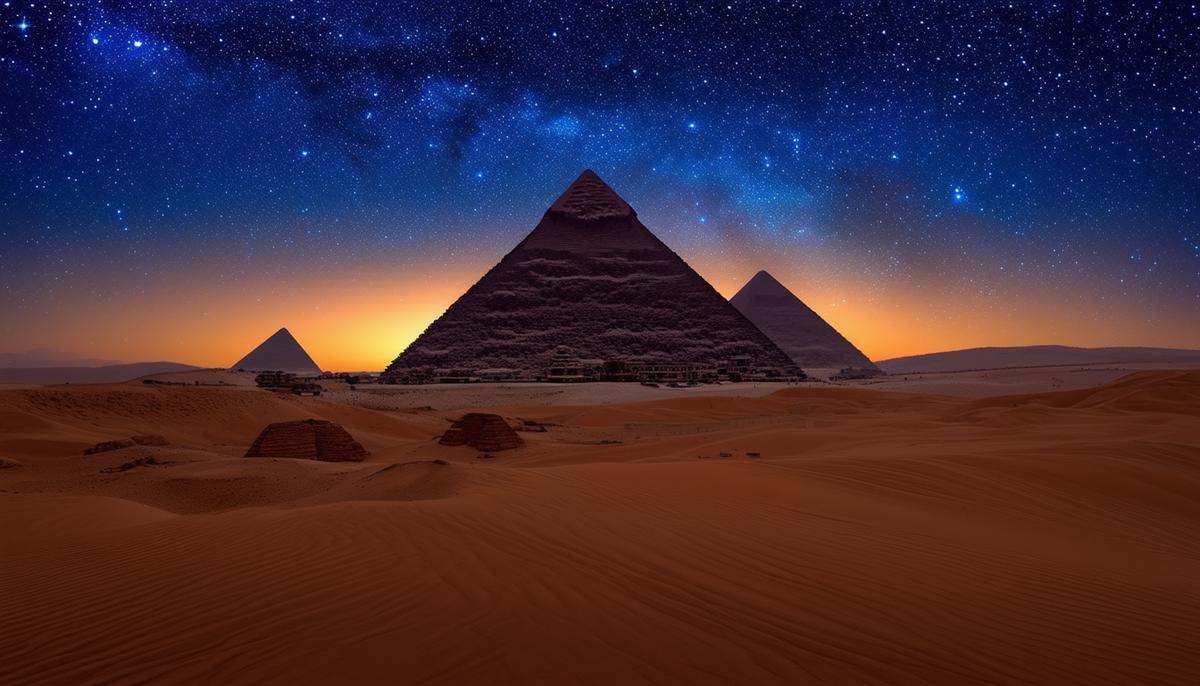The Curse of King Tutankhamun's Tomb
The sun set over the Egyptian desert, casting long shadows across the golden sands. The pyramids stood tall and silent, their surfaces glowing with the last light of day. As night fell, an eerie calm settled over the land. In the distance, the outline of the Valley of the Kings emerged, a place full of mystery and ancient secrets.
Walking deeper into the valley, you feel the weight of history pressing down on you. The air is thick with the smell of old stone and whispers of long-dead pharaohs. Stories of King Tutankhamun's tomb flutter through your mind. It's said that those who disturbed this ancient resting place met with bad luck, as if the boy king himself sought revenge from beyond the grave.
The entrance to the tomb looms ahead, a dark hole that seems to pull you in. Your flashlight cuts through the darkness, showing walls covered with detailed pictures and writing about the afterlife. The feeling of dread grows stronger with each step, as if unseen eyes are watching you.
Legend has it that when Howard Carter first opened the tomb in 1922, he unleashed a curse. Lord Carnarvon, who paid for the dig, was the first to fall victim, dying from a mysterious fever shortly after the discovery. Soon, others who had been at the tomb began to meet strange and early deaths. The world was gripped by fear, and the tale of the mummy's curse spread like wildfire.
As you go deeper, the temperature drops, and an unsettling chill wraps around you. The walls seem to close in, and the shadows take on sinister shapes. You can almost hear the soft rustle of cloth, the faint echo of ancient footsteps. It's as if the tomb itself is alive, warning you to turn back before it's too late.
But curiosity pushes you forward, into the heart of the tomb where King Tutankhamun rests. The famous golden mask stares back at you with its calm, unblinking gaze. The boy king, who died so young, now guards his treasures forever. Yet beneath that calm lies a storm of ancient anger, waiting to be unleashed on those who dare to disturb his eternal sleep.
"Death shall come on swift wings to him who disturbs the peace of the King,"
The air grows heavy, pressing down on your chest, making it hard to breathe. It's as if the very spirits of the tomb are trying to keep you there. You stifle a gasp and hurry back the way you came, your heart pounding like a drum.
As you burst out into the cool desert night, you cast a final glance back at the tomb. Its entrance now looks like an unbreakable fortress against the backdrop of a starry sky. The curse of King Tutankhamun remains, a reminder of the pharaohs' lasting power and the dangers of disturbing what should be left alone.
If you ever find yourself in the Valley of the Kings, be careful. The sands have a long memory, and they just might remember you.
The Symbols and Treasures of Tutankhamun
As you stand under the vast Egyptian night sky, the stars seem to shimmer with untold stories. The Valley of the Kings is known for its hidden rooms and secret messages, but none more fascinating than those in King Tutankhamun's tomb.
Picture the moment Howard Carter first broke through the sealed entrance. Imagine the dust rising like ancient ghosts waking up, as the stone door slowly opened. Think of the faint glow of a candle peeking through the crack, casting long, eerie shadows on walls covered with detailed writing and pictures of the afterlife.
Each symbol on the wall is more than just a mark on stone; it's part of a puzzle, a piece of a story waiting to be solved. The walls of the tomb aren't just decorated; they tell the story of the pharaoh's journey to the afterlife, guarded by gods and protected by spells.
In the depths of this sacred place, Carter found amazing treasures – golden chariots, jars filled with sweet-smelling oils, and beautiful jewelry that sparkled in the light. These items weren't just wealth but symbols, each one important in the spiritual journey of the boy king. The boats carved from wood were for the pharaoh's soul to sail into the afterlife; the special jars guarded by fierce gods held his organs, protected for his rebirth.
"I see wonderful things,"Carter famously uttered upon first glimpsing the treasures.
Then, there was the coffin, an amazing golden marvel that held the pharaoh's mummified body. The famous burial mask, with its blue stone inlay, stares calmly back at you. It's as if the mask itself whispers ancient secrets, reminding you that the shine of the gold is filled with the sacred power of a long-lost time.
In this moment of discovery, symbols are everywhere. The scorpions carved into the stone walls aren't just decorations; they are guards, protecting against intruders. The winged sun disk above has a deeper meaning – a sign of Ra, the sun god, showing the king's journey from life through death to the afterlife, following the path of the sun.
As you think about the images and symbols, you realize that every inch of this tomb was designed with purpose and meaning. Maybe the curse itself was a complex symbol – a dire warning hidden within the gold and stone, a story meant to last through the ages.
Breathing in the cool night air again, you shake off the temptation to take any treasures, remembering the stories of those who faced the anger of a disturbed king. With respect and caution, you step away from the tomb, leaving behind the mysteries, the curses, and the unbroken legacy of an ancient world.
As you walk back through the quiet valley, remember this: the wonders of King Tutankhamun's tomb and all its mysterious symbols are not just old relics. They are living legends, woven into the fabric of time, waiting and watching, forever guarding their secrets. Respect the ancient, for it remembers more than we could ever understand.
First Signs of the Curse
The draw of King Tutankhamun's tomb wasn't just in its golden treasures but in the strange events that followed its discovery. Not long after Howard Carter's triumphant find, whispers of a curse began to spread, exciting both doubters and believers alike.
The first signs of the supposed curse were both chilling and ironic. It began with a small but ominous event. As Carter and his team carefully recorded the wealth of artifacts, a cobra — a creature both respected and feared in ancient Egypt — was found in Carter's bird cage. The bird, once thought to bring good luck, was dead, eaten by the snake. Egyptians saw the cobra as a protector of the pharaoh, a bringer of divine justice. To Carter's Egyptian workers, this was no accident; it was a clear warning sign.
But it was the sad and early death of Lord Carnarvon, Carter's main financial supporter and the first to enter the tomb, that cemented the legend of the curse. Just months after the tomb's opening, Carnarvon died from an infection caused by a mosquito bite — a common problem that turned into pneumonia and, finally, death. At the moment he died, legend says that the lights flickered and then went out in Cairo. In Carnarvon's far-away English home, his beloved dog howled and died at the exact time of his master's death. To the world, this was not just bad luck; it was a sign of the curse.
The creeping sense of dread grew as one by one, those connected to the tomb met strange fates:
- George Jay Gould, a wealthy visitor to the site, died from a fever soon after his visit.
- Arthur Mace, a member of Carter's dig team, fell into a deep, mysterious sleep and never woke up.
- A doctor who had handled Tutankhamun's mummy was killed in a car crash.
- Carter's personal secretary died from blood poisoning.
Local guides and workers blamed a series of accidents, illnesses, and even deaths on the anger of the boy king.
"The Pharaoh's Curse" became a sensation, capturing the world's imagination.
Among these grim stories was a feeling of suspense that wouldn't go away. People, captivated by the mounting evidence, couldn't help but feel the invisible but powerful hand of ancient Egypt reaching through time to get revenge.
Yet, there were doubters who laughed at the idea, pointing to natural causes and coincidences. After all, Howard Carter himself lived for nearly two decades more, untouched by the curse he was said to have unleashed. But even the most logical explanations couldn't completely remove the uneasy feeling that came with every new story, every whispered tale of misfortune.
As you think about these eerie accounts, the sense of dread lingers. The unseen threads of the curse's influence seem to weave through the air, a silent reminder of the power ancient beliefs can hold over the present. Remember, they whisper, that the past is never truly gone; it lives on, sometimes in ways we can barely understand.
So, if you ever find yourself drawn to the sands of Egypt and the mysteries they hide, tread carefully. The Valley of the Kings is not just a resting place of the dead; it is a place where the past and the present mix, where curses and blessings dance on the same desert wind.
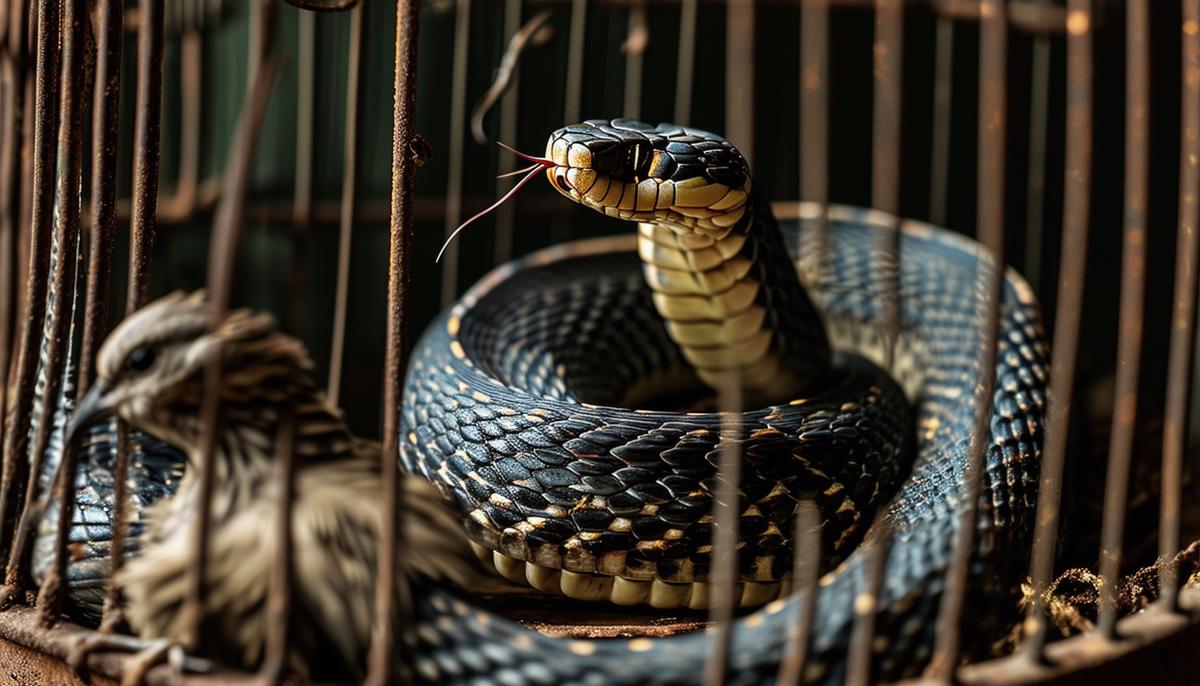
Exploration and Consequences
The act of exploring ancient sites is both exciting and risky. Howard Carter's discovery of Tutankhamun's tomb brought amazing treasures to light, but also sparked fears of a curse. As the team carefully recorded each item, worry began to replace their early joy.
Carter, who had spent years searching for Egyptian secrets, now felt the weight of his success. He struggled with the idea that he may have awakened something ancient and dangerous. His public face stayed calm, but inside he was troubled.
"I see wonderful things," Carter whispered as he peered into the tomb for the first time, unaware of the consequences that would follow.
Character Development
The people involved in this story were complex:
- Lord Carnarvon: More than just a rich sponsor, his death made him seem like a victim of supernatural forces.
- Howard Carter: Driven by a thirst for knowledge, but burdened by what he uncovered.
- The team: Once united, they grew apart as strange events occurred.
Even the objects from the tomb seemed to have personalities. The golden mask, jars, and chests weren't just treasures – they were part of an ancient king's journey to the afterlife.
This tale reminds us that exploring the past can bring both knowledge and unexpected results. As you think about Egypt's ancient wonders, remember to approach them with respect and care.
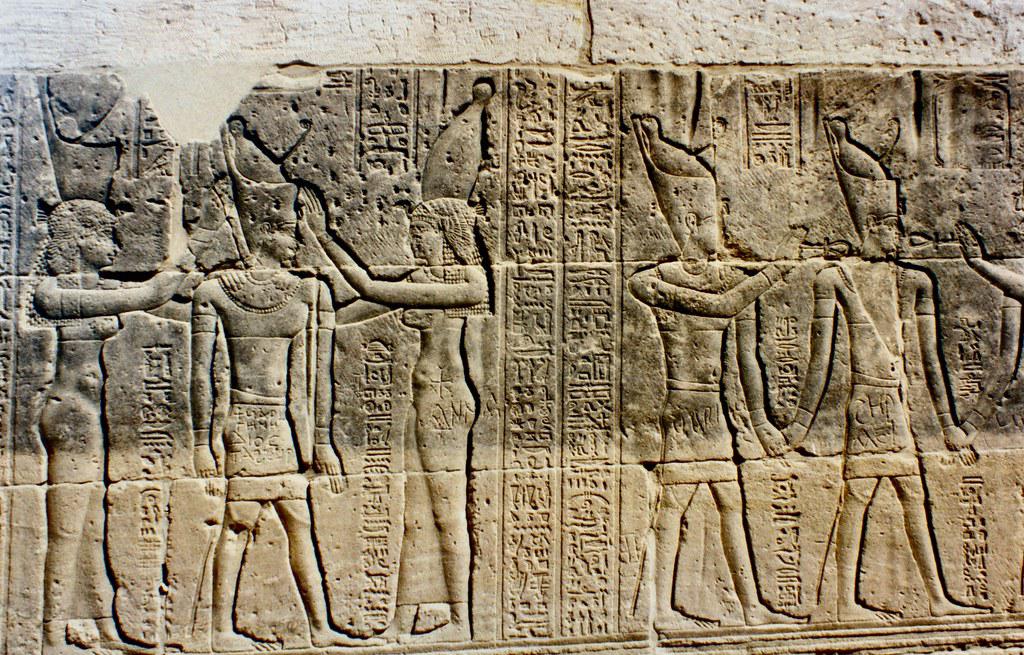
Science vs. Supernatural
When we look at the strange events linked to Tutankhamun's tomb, we see a clash between scientific thinking and belief in the supernatural. Both sides use different types of arguments to make their case.
Emotional Impact
The curse story is designed to scare us. Tales of deaths and odd happenings make us feel uneasy. For those who believe in the supernatural, these stories create a strong emotional connection to the ancient world.
Who to Trust?
Scientists like Howard Carter are seen as experts in their field. They rely on careful research and proof. But the ancient Egyptians who created the tomb were also respected in their time. Some people find their ancient wisdom just as convincing.
Logical Arguments
Science tries to explain the "curse" with facts:
- Mold in the tomb could have made people sick
- Old-fashioned medical care wasn't very safe
- The number of deaths wasn't unusually high for that time
But supernatural believers point out how the curse seemed to target specific people. They argue that science might not be able to explain everything yet.
"Death shall come on swift wings to him who disturbs the peace of the King," warned the alleged curse, sending chills down the spines of those who heard it.
In the end, whether you believe in science or the supernatural, the story of Tutankhamun's curse reminds us that there's still much to learn about our world and its history.
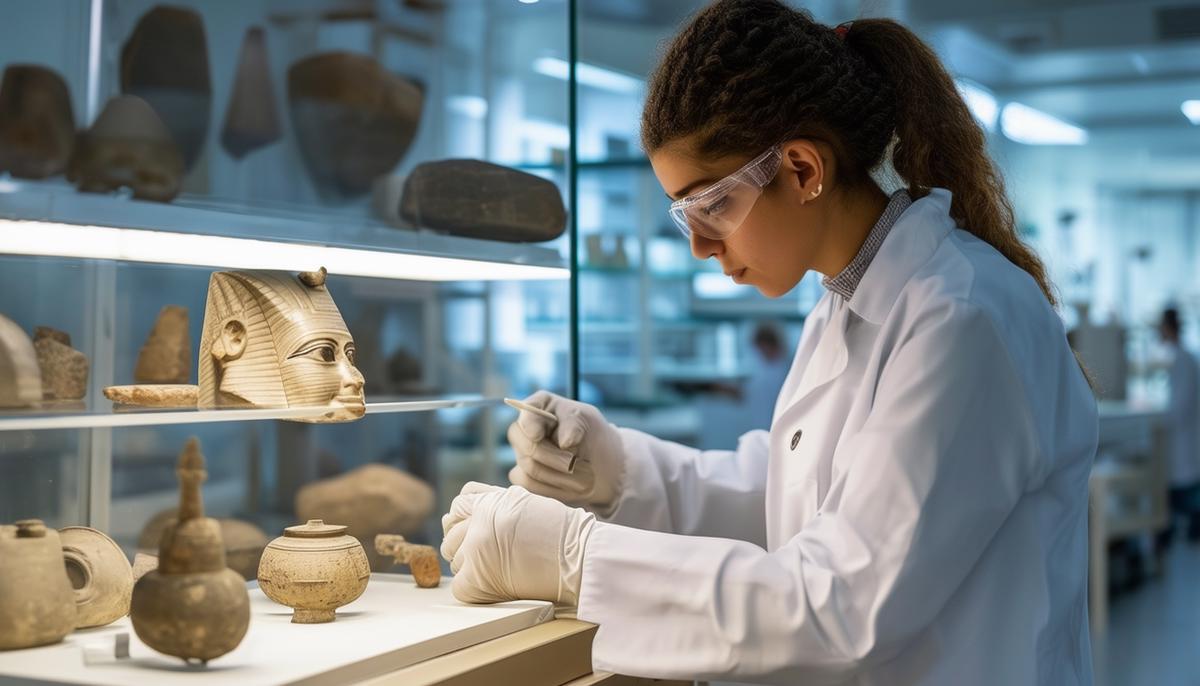
Modern Views and Legacy
The story of King Tutankhamun's curse has been popular for almost 100 years. It shows up in books, movies, and even Halloween costumes. His golden mask is famous worldwide, mixing beauty with a hint of danger.
Cultural Impact
The tomb's discovery raises big questions:
- Is it right to dig up ancient burial sites?
- Who should own the treasures found inside?
- How can we respect history while learning from it?
Museums around the world show items from Tutankhamun's tomb. Millions of people visit to see them, but this also starts debates about who should keep these ancient objects.
Looking Back
Tutankhamun's story is more than just an interesting tale. It makes us think about human creativity, ambition, and mistakes. It teaches us to respect the past while still being amazed by it.
As we continue to explore history, we need to be careful and respectful. The ancient world still has secrets to share, if we're willing to listen and learn.
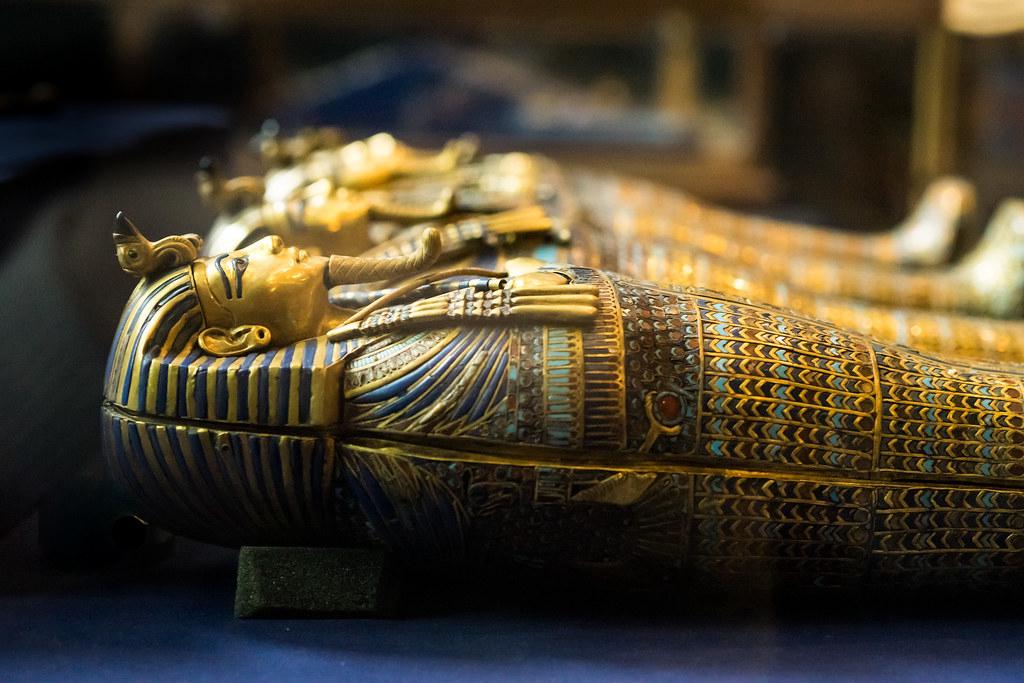
Conclusion – Lingering Questions
As we finish this story, many questions remain about King Tutankhamun's tomb. What secrets still hide in its shadows? Are the stories of curses real, or just made up? Is there some unknown power guarding the young pharaoh's final resting place?
These mysteries make us think about life, death, and ancient wisdom. Are the strange events around the tomb just chance, or something more?
We can't help but wonder about curses. Are they just old ways to protect sacred places? Or do they speak to something deeper in us – a fear of the unknown and respect for life?
Thought-Provoking Ending
King Tutankhamun's story teaches us about our own journey through time. The treasures, writing, and legends all show how humans seek to understand the world.
Maybe Tutankhamun's greatest gift is how he connects the past and present, the known and unknown. His tale reminds us to stay curious but humble as we learn.
The Pharaoh's curse, real or not, teaches us about human limits and the mysteries beyond our reach.
As we end this chapter, Egypt's sands still hold secrets. They wait for the next curious person to listen, ask questions, and find answers.
May your own journey, wherever it leads, be full of wonder. And may we always step lightly and listen closely to the echoes of history.
